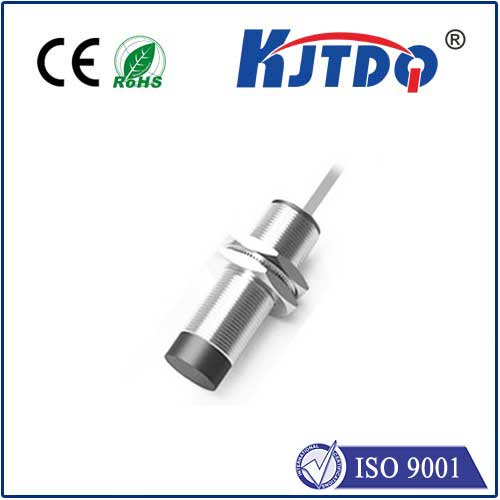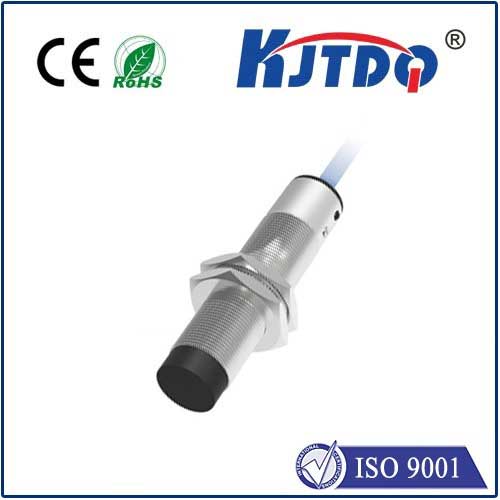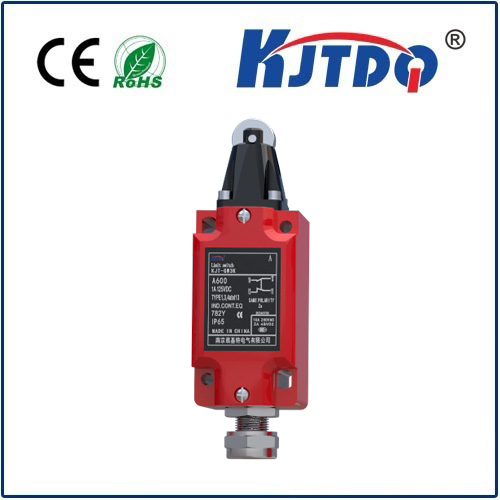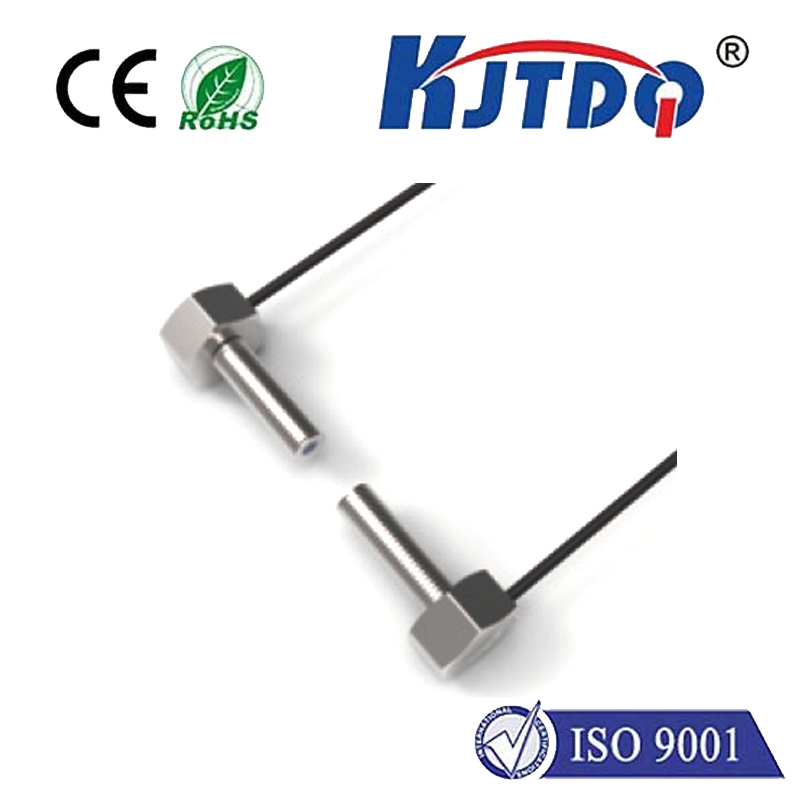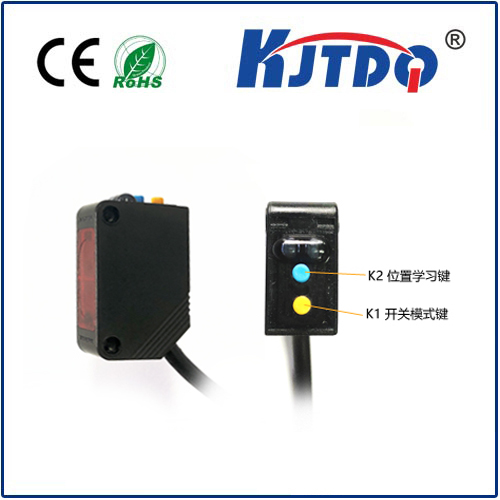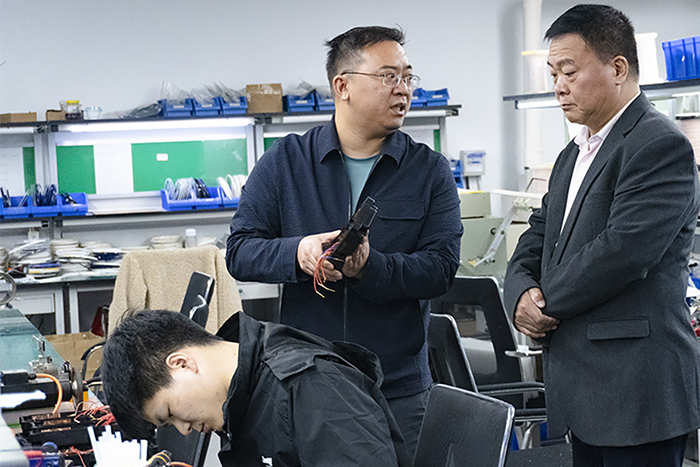
check

check

check
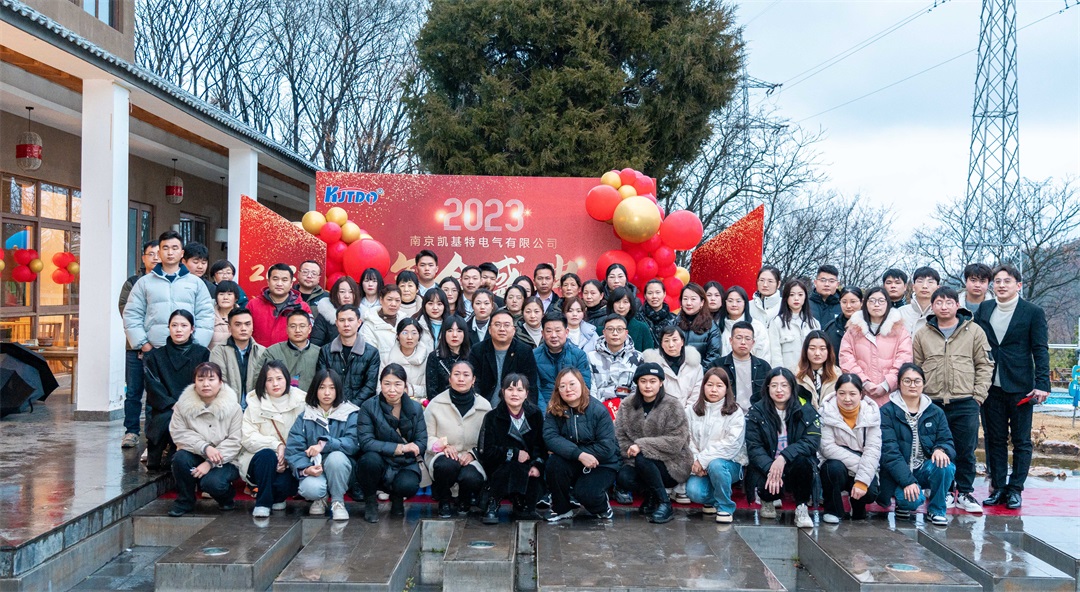
check
How VCSEL Technology is Revolutionizing Time-of-Flight (ToF) Applications In an era where precision and speed define technological progress, Time-of-Flight (ToF) systems have emerged as game-changers for 3D sensing, autonomous vehicles, and augmented reality. At the heart of this innovation lies a tiny but mighty component: the Vertical-Cavity Surface-Emitting Laser (VCSEL). This dynamic duo—ToF and VCSEL—is reshaping industries by delivering unmatched accuracy, efficiency, and scalability. But how exactly does this partnership work, and why is VCSEL becoming the go-to light source for ToF systems? Let’s dive into the science, applications, and future potential of this groundbreaking synergy.
Time-of-Flight technology measures distance by calculating the time it takes for light to reflect off an object and return to a sensor. This data generates precise 3D maps, enabling devices to “see” and interpret their surroundings. However, the performance of ToF systems heavily depends on the light source. Enter VCSELs—semiconductor lasers that emit light vertically from their surface. Unlike traditional edge-emitting lasers (EELs) or LEDs, VCSELs offer unique advantages:
The adoption of ToF+VCSEL in smartphones has transformed facial recognition, photography, and augmented reality (AR). For instance, Apple’s Face ID uses a VCSEL-based ToF system to project 30,000 infrared dots onto a user’s face, creating a detailed 3D map for secure authentication. Similarly, Android flagship devices leverage this combo for portrait-mode photography and immersive AR gaming.

Self-driving cars rely on LiDAR (Light Detection and Ranging) to navigate safely. Here, VCSEL arrays provide the high-speed pulsed light needed for ToF-based LiDAR systems. Companies like Luminar and Velodyne are integrating VCSELs to enhance resolution and reduce costs, bringing autonomous vehicles closer to mainstream adoption.
In factories, ToF cameras with VCSELs enable robots to detect objects, avoid collisions, and handle delicate tasks. For example, Amazon’s warehouse robots use these systems to sort packages efficiently, while collaborative robots (cobots) employ them for precise assembly line operations.
VCSEL-based ToF sensors are advancing medical imaging and patient monitoring. They power non-invasive glucose monitors, gesture-controlled surgical tools, and even contactless vital sign measurement devices—a trend accelerated by the COVID-19 pandemic.
While the pairing of ToF and VCSEL is transformative, it’s not without hurdles. Signal interference in crowded environments, limited range in certain configurations, and cost barriers for high-resolution systems remain challenges. However, breakthroughs in multi-junction VCSELs (stacking laser layers for higher output) and advanced driver ICs (improving modulation speeds) are addressing these limitations. Researchers are also exploring wavelength diversification. Most ToF systems use 850nm or 940nm VCSELs, but shifting to 1350nm or 1550nm could reduce eye safety risks and improve sunlight immunity—key for outdoor applications like automotive LiDAR.
The synergy between ToF and VCSEL is far from peaking. Emerging trends include:
From unlocking smartphones to guiding autonomous vehicles, VCSEL-powered ToF is quietly revolutionizing how machines perceive the world. With ongoing advancements in semiconductor fabrication and optical engineering, this partnership promises to redefine the boundaries of depth sensing—one photon at a time.

